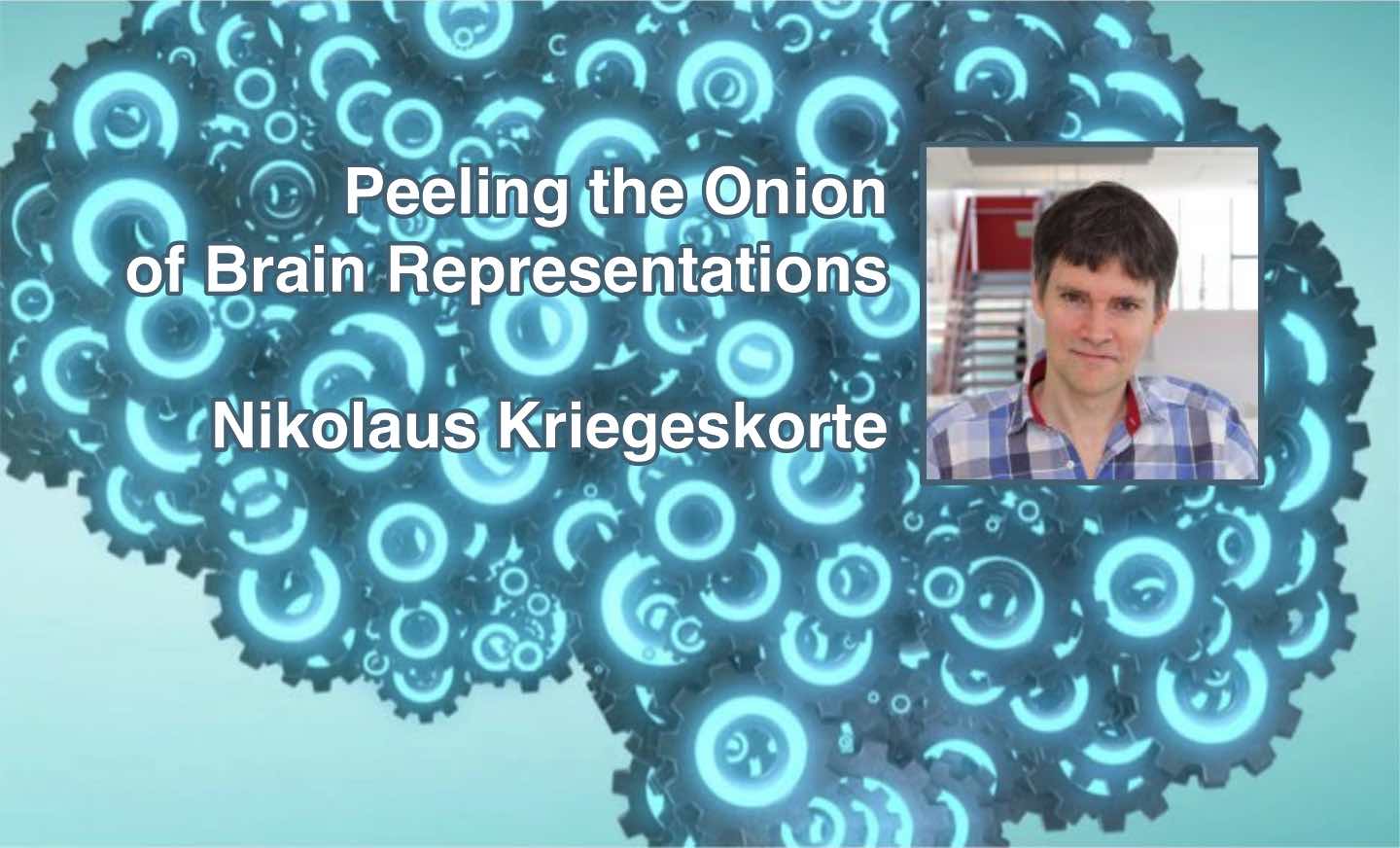
We are excited about the next Neural Mechanisms webinar this Friday. As always, it is free. You can find information about how and when to join the webinar below or at the Neural Mechanisms website—where you can also join sign up for the mailing list that notifies people about upcoming webinars, webconferences, and more! You can also see prior Neural Mechanisms sessions on the Neural Mechanisms YouTube channel a few months after each session.
Peeling the Onion of Brain Representations
Related: How to connect to Neural Mechanism Webinars
Join the session (up to 10 minutes early) | Read the paper
Nikolaus Kriegeskorte (Columbia University)
19 February 2021
15-17 Greenwhich Mean Time
(Convert to your local time here)
Abstract. The brain’s function is to enable adaptive behavior in the world. To this end, the brain processes information about the world. The concept of representation links the information processed by the brain back to the world and enables us to understand what the brain does at a functional level. The appeal of making the connection between brain activity and what it represents has been irresistible to neuroscience, despite the fact that representational interpretations pose several challenges: We must define which aspects of brain activity matter, how the code works, and how it supports computations that contribute to adaptive behavior. It has been suggested that we might drop representational language altogether and seek to understand the brain, more simply, as a dynamical system. In this review, we argue that the concept of representation provides a useful link between dynamics and computational function and ask which aspects of brain activity should be analyzed to achieve a representational understanding.We peel the onion of brain representations in search of the layers (the aspects of brain activity) that matter to computation. The article provides an introduction to the motivation and mathematics of representational models, a critical discussion of their assumptions and limitations, and a preview of future directions in this area.


